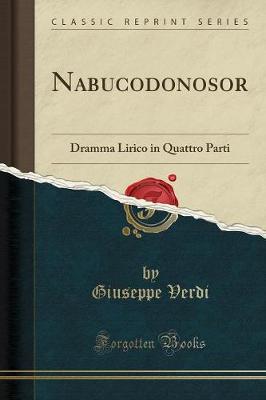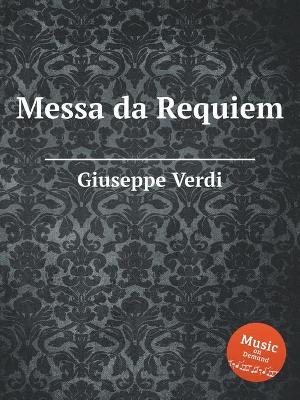Works of Giuseppe Verdi
4 total works
v. 3
Nabucodonosor, one of the early Verdi operas, is the third work to be published in The Works of Giuseppe Verdi. Following the strict requirements of the series, the edition is based on Verdi's autograph and other authentic sources, and has been reviewed by a distinguished editorial board--Philip Gossett, Julian Budden, Martin Chusid, Francesco Degrada, Ursula Gunther, Giorgio Pestelli, and Pierluigi Petrobelli. Nabucodonosor is available as a two-volume set: a full orchestral score and a critical commentary. The score, which has been beautifully bound and autographed, is printed on high-grade paper in an oversized, 10-1/2 x 14-1/2-inch format. The introduction to the score discusses the work's genesis, sources, and performance history as well as performance practices, instrumentation, and problems of notation. The critical commentary, printed in a smaller format, discusses editorial decisions and identifies the sources of alternate readings of the music and libretto.
III, Vol 1
Messa da Requiem is the fourth work to be published in The Works of Giuseppe Verdi. Following the strict requirements of the series, this edition is based on Verdi's autograph and other authentic sources, and has been reviewed by a distinguished editorial board--Philip Gossett (general editor), Julian Budden, Martin Chusid, Francesco Degrada, Ursula Gunther, Giorgio Pestelli, and Pierluigi Petrobelli. It is available as a two-volume set: a full orchestral score and a critical commentary. The appendixes include two pieces from the compositional history of the Requiem: an early version of the Libera me, composed in 1869 as part of a collaborative work planned as a memorial to Rossini; and the Liber scriptus, which in the original score of the Manzoni memorial Requiem was composed as a fugue in G minor. The score, which has been beautifully bound and autographed, is printed on high-grade paper in an oversized format. The introduction to the score discusses the work's genesis, instrumentation, and problems of notation. The critical commentary, printed in a smaller format, discusses the editorial decisions and traces the complex compositional history of the Requiem.
v. 13
Although Verdi began sketching the music for "Il Corsaro" in 1846, a lengthy illness forced him to postpone further work. He finally completed the score in early 1848, but the revolutions of that year delayed its first performance. When it was finally premiered on 25 October at the Teatro Grande of Trieste, Verdi was in Paris and did not participate as usual in the production, which was poorly received. Though more successful in subsequent stagings, "Il Corsaro" was soon eclipsed by the operas of the noted "trilogy" and fell from the repertory. The full score of "Il Corsaro", as well as recent revivals based on pre-publication proofs of this critical edition, reveal the work to be far more rewarding than even Verdi himself would later admit. Showing the gradual consolidation of Verdi's mature style through his contacts with French opera, it amply repays the renewed attention it is receiving.



